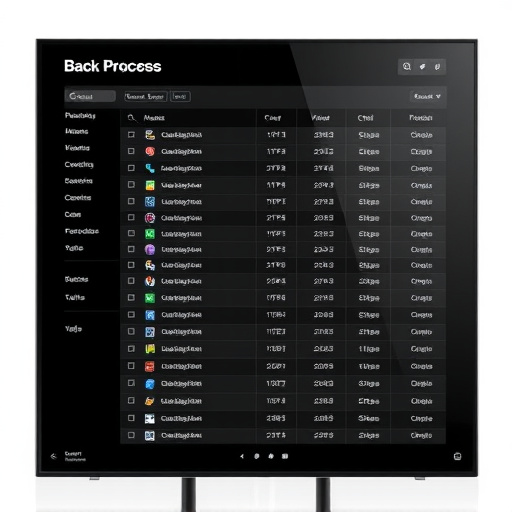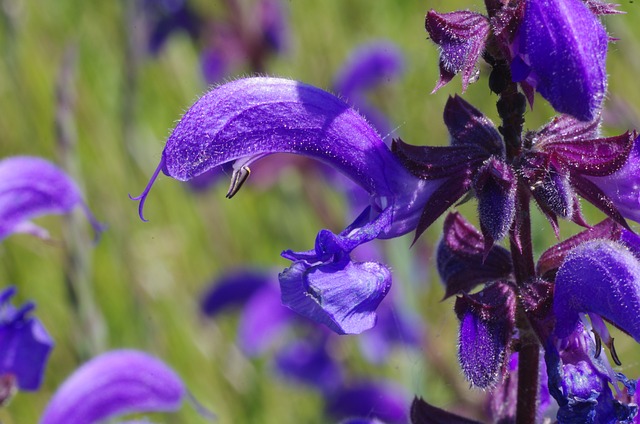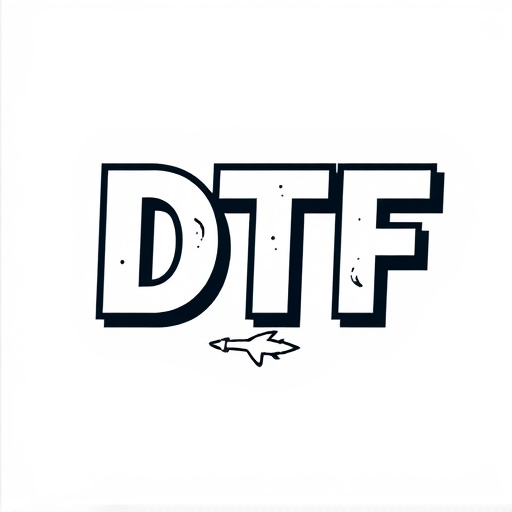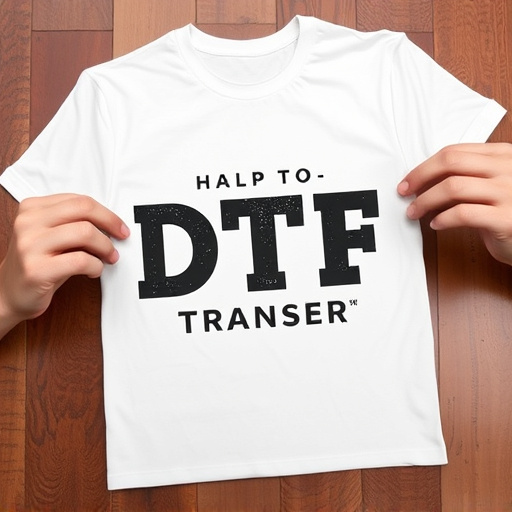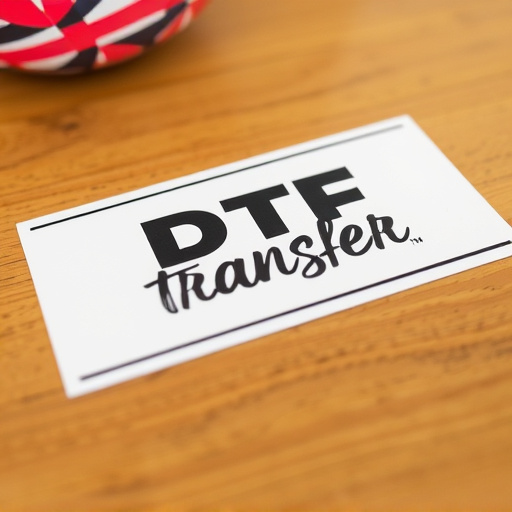The Direct-to-Film (DTF) process allows for creative applications of vintage or special effect films, with optimal temperature control crucial for quality. The ideal range is 120°F to 140°F (49°C to 60°C) for film emulsion activation without damage, and up to 150°F (66°C) for best results. Precise temperature management prevents over-exposure, warping, and color discrepancies. Preheating for 15-30 minutes stabilizes temperatures, ensuring consistent prints. Custom temperature profiles offer enhanced control for intricate designs, enabling artists to achieve their artistic vision through high-quality DTF prints.
“Unleash the potential of your film transfers with the perfect temperature settings. This comprehensive guide delves into the art and science of DTF (Direct-to-Film) transfer, exploring its material sensitivity and ideal temperature range for pristine prints. From preheating techniques to troubleshooting common issues, we cover all aspects of optimizing DTF prints. Discover advanced customization techniques for creating custom temperature profiles, ensuring your transfers are nothing short of exceptional.”
- Understanding DTF Transfer and Its Material Sensitivity
- Ideal Temperature Range for Optimal DTF Transfer Quality
- Factors Influencing Temperature Settings: A Comprehensive Look
- Preheating Considerations for Consistent DTF Prints
- Troubleshooting Common Issues with Temperature Misalignments
- Advanced Techniques for Customizing Temperature Profiles
Understanding DTF Transfer and Its Material Sensitivity
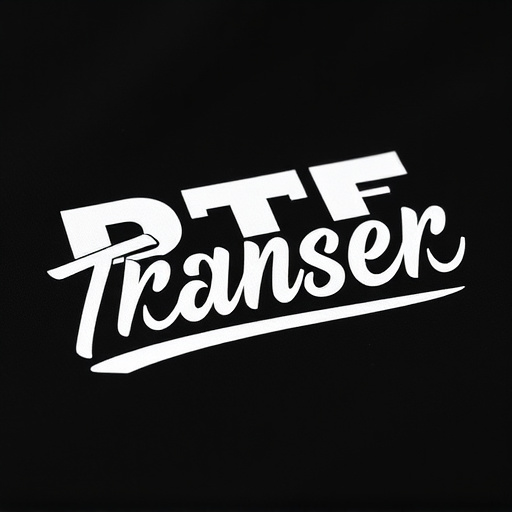
The Direct-to-Film (DTF) transfer process is a modern method of applying vintage or special effect films to surfaces, offering a wide range of creative possibilities. It’s crucial to understand that DTF transfers are sensitive to temperature during the application phase, as this directly impacts the quality and longevity of the final prints. The ideal temperature for DTF printing varies depending on the specific film and adhesive used, but generally falls between 130-150°F (54-66°C).
Knowing the material sensitivity is key to achieving optimal results. Different films may require slight variations in temperature settings, and even small adjustments can make a big difference in the final product’s appearance and durability. Maintaining the recommended temperature range ensures that the film adheres properly without causing damage or discoloration, preserving the desired aesthetic effect for years to come.
Ideal Temperature Range for Optimal DTF Transfer Quality
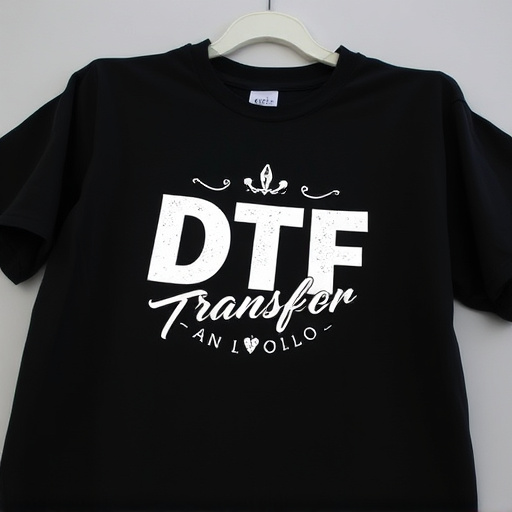
The ideal temperature range for achieving optimal DTF (Direct to Film) transfer quality is a delicate balance. Generally, temperatures between 120°F and 140°F (49°C to 60°C) are recommended for most DTF printing applications. This range ensures that the film’s emulsion is activated effectively while preventing any potential damage or discoloration. Exceeding this range may lead to over-exposure or burning of the film, resulting in poor print quality and color accuracy.
Maintaining consistent temperature control throughout the transfer process is key. Using a heated press or a specialized DTF printing machine with precise temperature settings can help achieve this. Proper heat application allows for a strong bond between the original art and the film, ensuring sharp details and vibrant colors in the final DTF prints.
Factors Influencing Temperature Settings: A Comprehensive Look

When setting the temperature for a DTF (Direct to Film) transfer or printing process, several factors come into play, each demanding careful consideration. The first is the type of film being used; different materials have distinct thermal properties, affecting how they receive and conduct heat. Additionally, the desired outcome plays a significant role. Sharper details and truer colour reproduction might necessitate higher temperatures for better adhesion, whereas lower settings could be sufficient for simpler designs.
Another crucial aspect is the surface of application. Whether it’s fabric, wood, or canvas, each substrate behaves differently under heat. Some materials may require specific temperature ranges to prevent damage or warping, while others might need a gentler touch. Additionally, the thickness and texture of the substrate can influence heat distribution, requiring adjustments in settings to ensure even heating and consistent results across the entire surface.
Preheating Considerations for Consistent DTF Prints

When preparing for any DTF (Direct to Film) transfer or DTF printing, preheating is a crucial step often overlooked but can significantly impact results. The ideal temperature for DTF prints typically ranges between 120°F and 150°F (49°C to 66°C), but this can vary slightly depending on the specific film and printer being used. Achieving the right temperature ensures consistent and accurate color reproduction, minimizing the risk of fading or misalignment.
To maintain consistency, it’s essential to preheat your equipment thoroughly before starting. Allow your printer and transfer film to reach and stabilize at the recommended temperature for at least 15-30 minutes. This small preparation step can prevent sudden temperature shocks, which may cause warping, smudging, or other unwanted effects on your DTF transfers.
Troubleshooting Common Issues with Temperature Misalignments
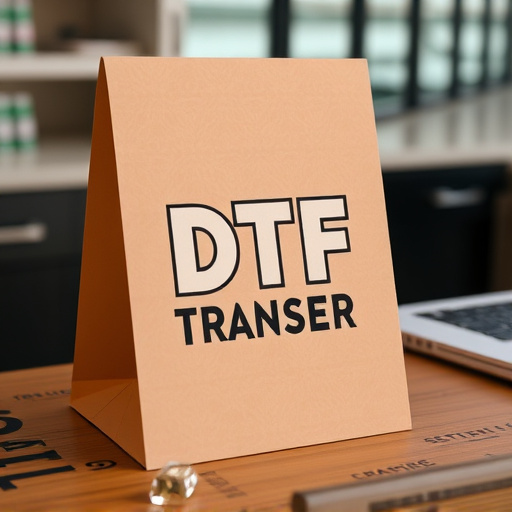
When applying film transfers using a DTF (Direct to Film) printer, temperature misalignments can cause issues like poor adhesion, bubble formation, or uneven printing. To troubleshoot these problems, start by verifying that your printer’s temperature settings are accurate and consistent. Calibrate your device regularly to ensure it maintains the recommended temperature range for DTF transfers, typically between 160-200°C (320-392°F).
Inspect your film and print surfaces for any debris or contaminants that might interfere with heat transfer. Clean both surfaces thoroughly before each attempt. Additionally, ensure proper alignment of the film and the print bed. Minor misalignments can lead to uneven heating, resulting in defective DTF prints. Regularly check and adjust the placement of the film to achieve optimal contact with the printing surface for the best DTF transfer results.
Advanced Techniques for Customizing Temperature Profiles

For those seeking a more precise approach to their film transfers, advanced techniques allow for customization of temperature profiles. This involves understanding the unique properties of different materials and films used in DTF (Direct-To-Film) transfers and DTF printing. By meticulously controlling the heating process, you can achieve remarkable results with enhanced image clarity and vibrant colors.
These custom profiles often involve adjusting temperature and time settings for specific areas of the film or design. This level of customization is ideal for intricate patterns, detailed textures, or fine art pieces where precise color rendering is paramount. It empowers creators to produce high-quality DTF prints that truly bring their artistic vision to life.
